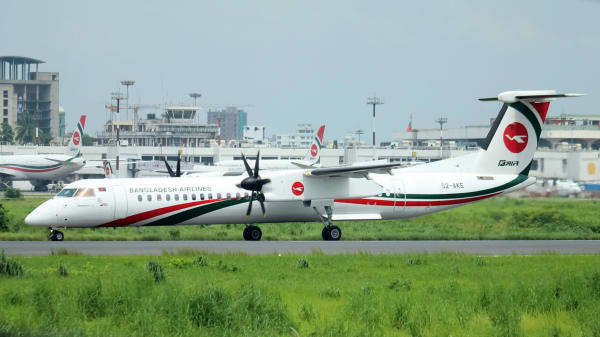Breaking Down the Pilot Shortage: Causes and Solutions
The aviation industry is currently battling a substantial crisis - the global shortage of trained pilots. To shine a light on this pressing dilemma facing airlines worldwide, we delve into the causes of the pilot shortage and explore possible solutions. This article primarily focuses on Pilot Shortage Solutions, examining the reasons behind the shortage and suggesting effective measures to solve this ongoing crisis.
Understanding The Pilot Shortage
The fundamental issue underlining the pilot shortage is simply a matter of supply and demand. As the number of passengers opting for air travel increases, notably in Asia, where a burgeoning middle class is exploring its newfound travel freedom, airlines have found it difficult to recruit enough pilots to meet growing demand. By some estimates, nearly 790,000 new pilots would be needed globally over the next 20 years. Undeniably, the scale of the shortage is daunting.
Several factors contribute to the shortage, including:
- High Training Costs: The financial burden of becoming a pilot is significant, often exceeding $100,000, and can dissuade potential candidates.
- Military Cutbacks: In the past, airlines relied on ex-military pilots to fill their ranks. However, reduction in military spending and less emphasis on piloting in favor of drone operations is contributing to the shortage.
- Ageing Pilot Population: A substantial percentage of pilots are nearing retirement age, which thins out the pool of experienced pilots.
- Strict Regulations: Post 9/11 regulations required pilots to have a minimum of 1500 flight hours, a substantial increase over the previous 250 hours, creating a high entry barrier.
Framing the Solutions
Resolving an issue as complex and multifaceted as the pilot shortage requires comprehensive and long-term strategies. Discussing Pilot Shortage Solutions involves several measures that could be employed to alleviate the problem.
Reducing Training Cost
Subsidizing pilot training or offering scholarships could incentivize more individuals to take up aviation as a profession. Companies and governments could step in to invest in training programs and initiatives, thereby creating a larger pool of eligible pilots for hire.
Starting Early
To ignite passion in aviation, airlines could invest in K-12 initiatives that introduce students to the world of flight at an early age. This could be complemented with career guidance, mentorship, and pathway programs to cultivate tomorrow’s pilots today.
Military Transition
Although less emphasis is placed on traditional piloting roles in the military, they still serve to train a significant number of pilots. Better incentives, financial support, and transition programs for veterans and their families could help draw them into civilian aviation roles.
Automation and Technology
With advancements in flight technology and automation systems, planes may require fewer crew members. However, such a move would need to get past strict regulations and public opinion.
Loosening Regulations
While safety remains a paramount concern in aviation, some are arguing that the 1500-hours flight experience rule may be discouraging potential pilots due to the length of time and money required. A more balanced approach that combines quality instruction with a reduced flight-hour requirement may help address the shortage while maintaining safety standards.
Partnering with Aviation Schools
To secure a consistent source of highly trained pilots, airlines can solidify partnerships with aviation schools. These relationships can create a steady pipeline of competent pilots into the industry.
Perspective Going Forward
While the present scenario presents a gloomy picture, taking appropriate measures can, and will, pave the way for recovery. Pilot Shortage Solutions require not just coherent stand-alone strategies but also a combination of concerted efforts involving various stakeholders.
The pilot shortage is a challenge that extends beyond the confines of airlines. It affects the broader aerospace industry, tourism, businesses, and even the global economy. While the challenges are substantial, so too are the opportunities for individuals looking for a career in aviation. The global aviation industry has proven its resilience time and again. By uniting to take on the pilot shortage, opportunities can be created, careers can be nurtured, and the skies will continue to be filled with the roars of jet engines for future generations.
This article on Pilot Shortage Solutions has provided an overview of the situation, including its causes and remedies. For those eyeing a career in the skies or those already ensconced in it, the challenge also presents a window of opportunity - because the future belongs to those who dare to dream about the sky.




